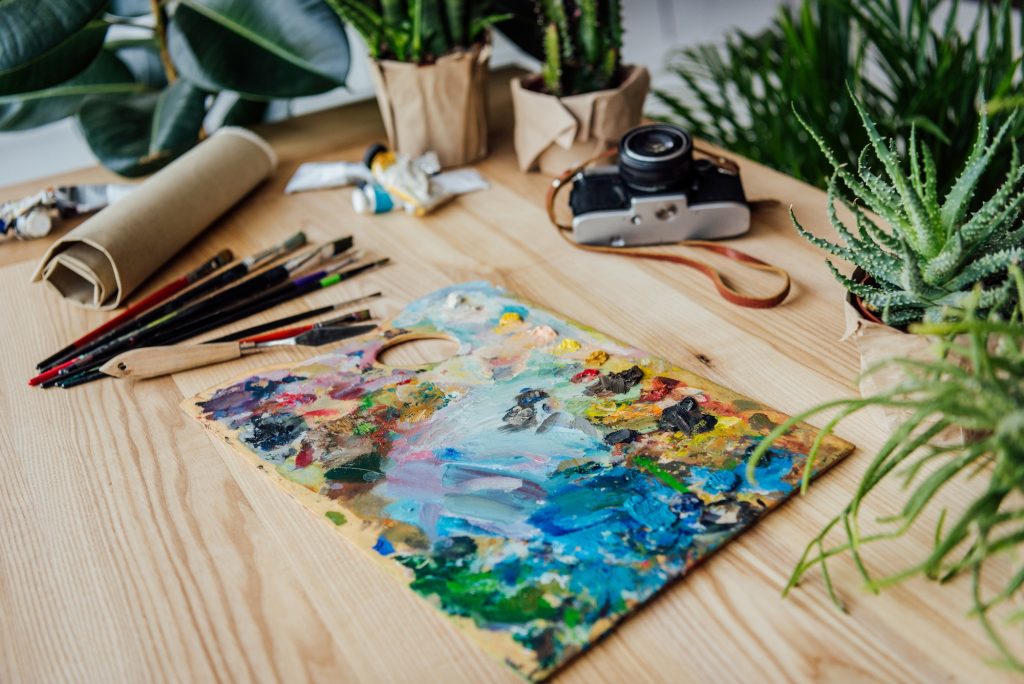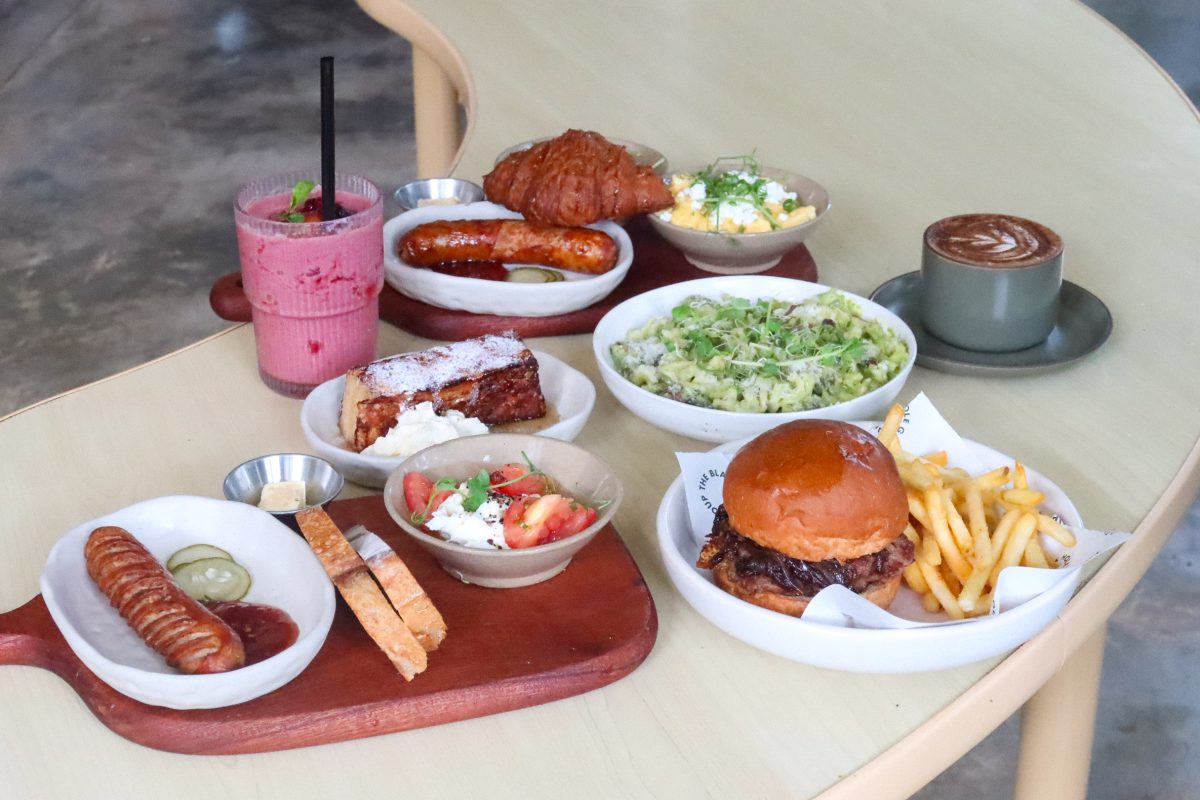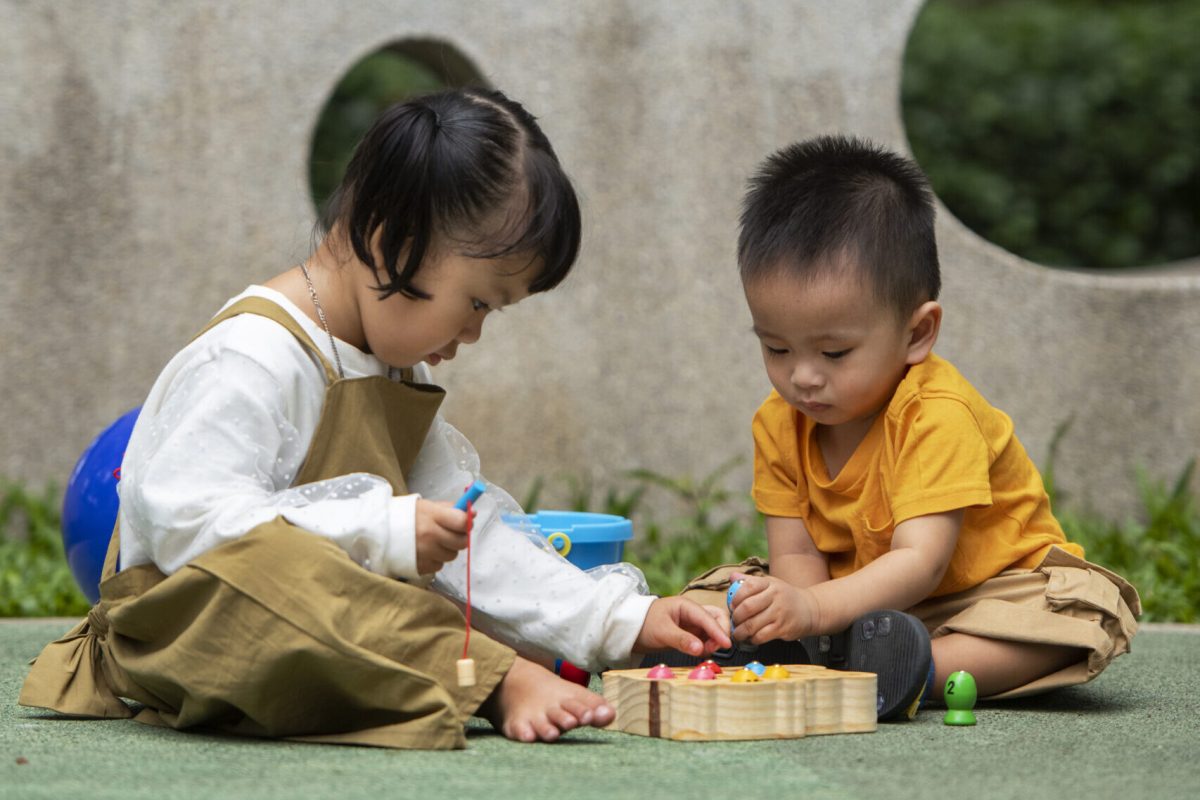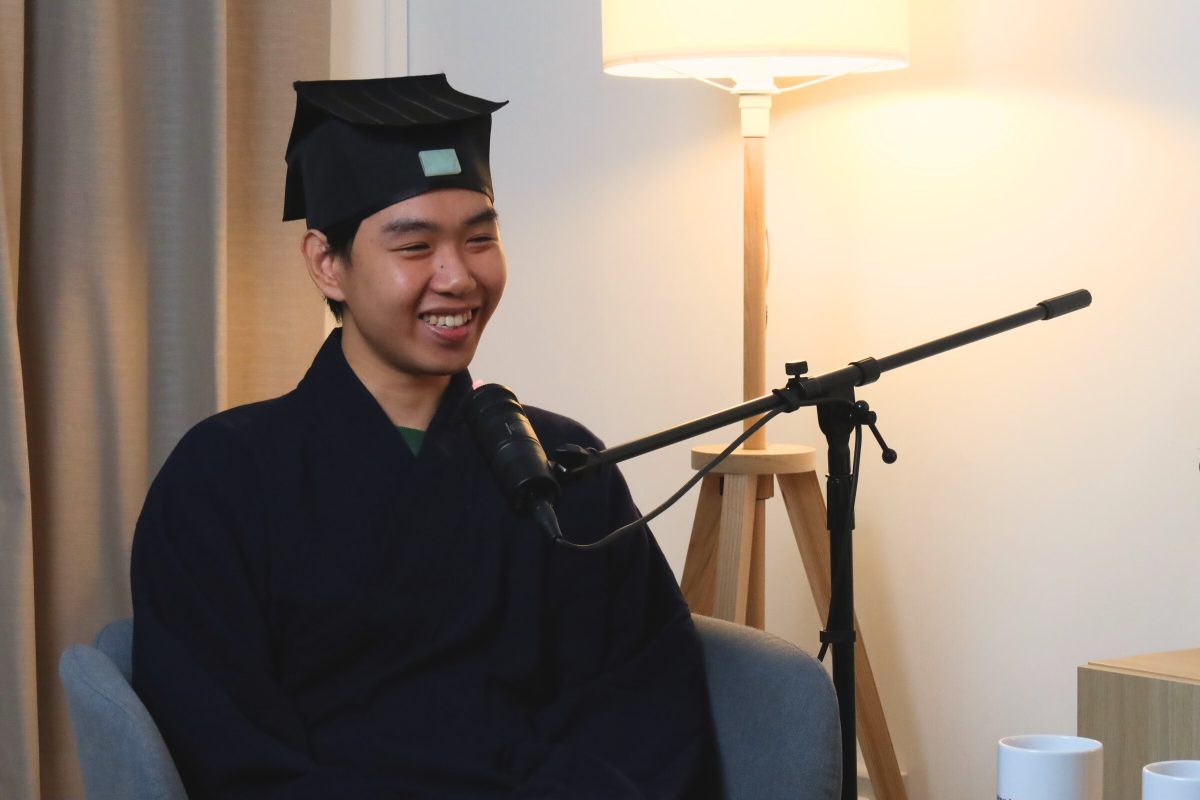What comes to mind when you’re in a creative state?
Do you recall being lost inside your imagination while the rest of the world fades away?
You’re in the right direction if you think of fine artists, musicians, writers, or filmmakers. The truth is we, humans, are inherently creative. We are foresighted beings. You are creative when you consider how to solve a problem, do something differently, or communicate an idea.
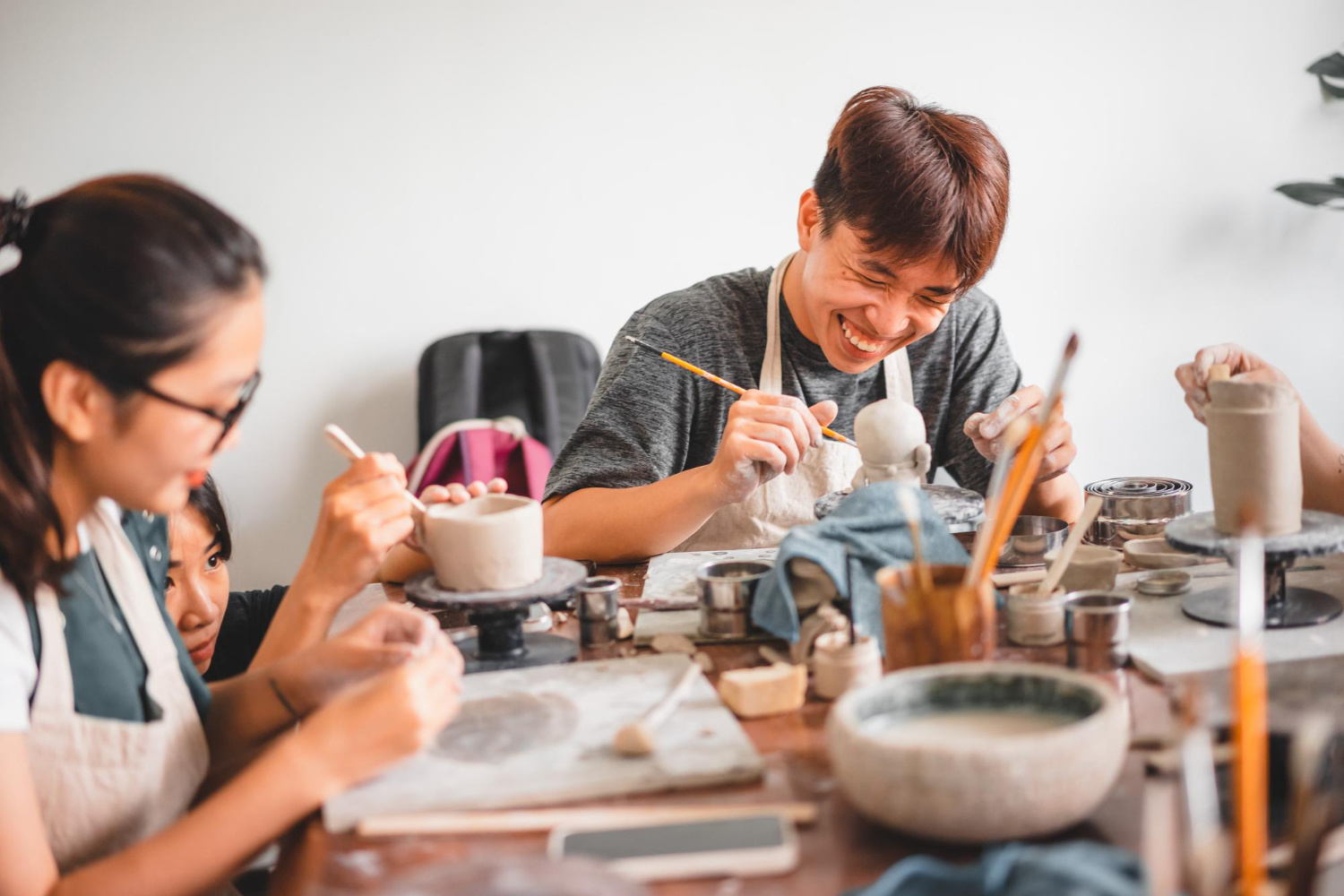
Motivators that drive us to be creative:
- Our desire for novel, varied, and complex stimulation
- We want to share our ideas and principles
- The need for us to solve challenges
So, how can we rekindle our creative spark? How do we reconnect with that young creative child within us that doesn’t continually criticise our worth or compare our work to others?
We live in a world marked by disruptive change, which will necessitate the remaking of the future by innovators and artists. Thus, we must reclaim the lost art of our creativity now more than ever.
What Is Creativity?
The definition of creativity is ambiguous. The topic of creativity is vast and diverse, comprising many notions and definitions which are philosophical in character.
Simply put, being creative means you’re either thinking or taking action. Creativity is also seen as a rare talent or an ability that not everyone possesses equally.
With the different types of creative definitions, here’s what we think: “Creativity is the proclivity to develop or recognise ideas, alternatives, or possibilities that may be useful in problem-solving, communication with others, and entertainment for ourselves and others.”
The Art of Creativity
You see things differently when you create. You try out new methods of working. You make connections between new and old knowledge. You take decisive action to make insight a reality. This is what propels new concepts, theories, and technology.
Non-creative people adopt a more traditional approach to problem-solving, whereas creative people find new and novel ways to uncover an original concept or solve difficulties. The major distinction between these two personas is their approach.
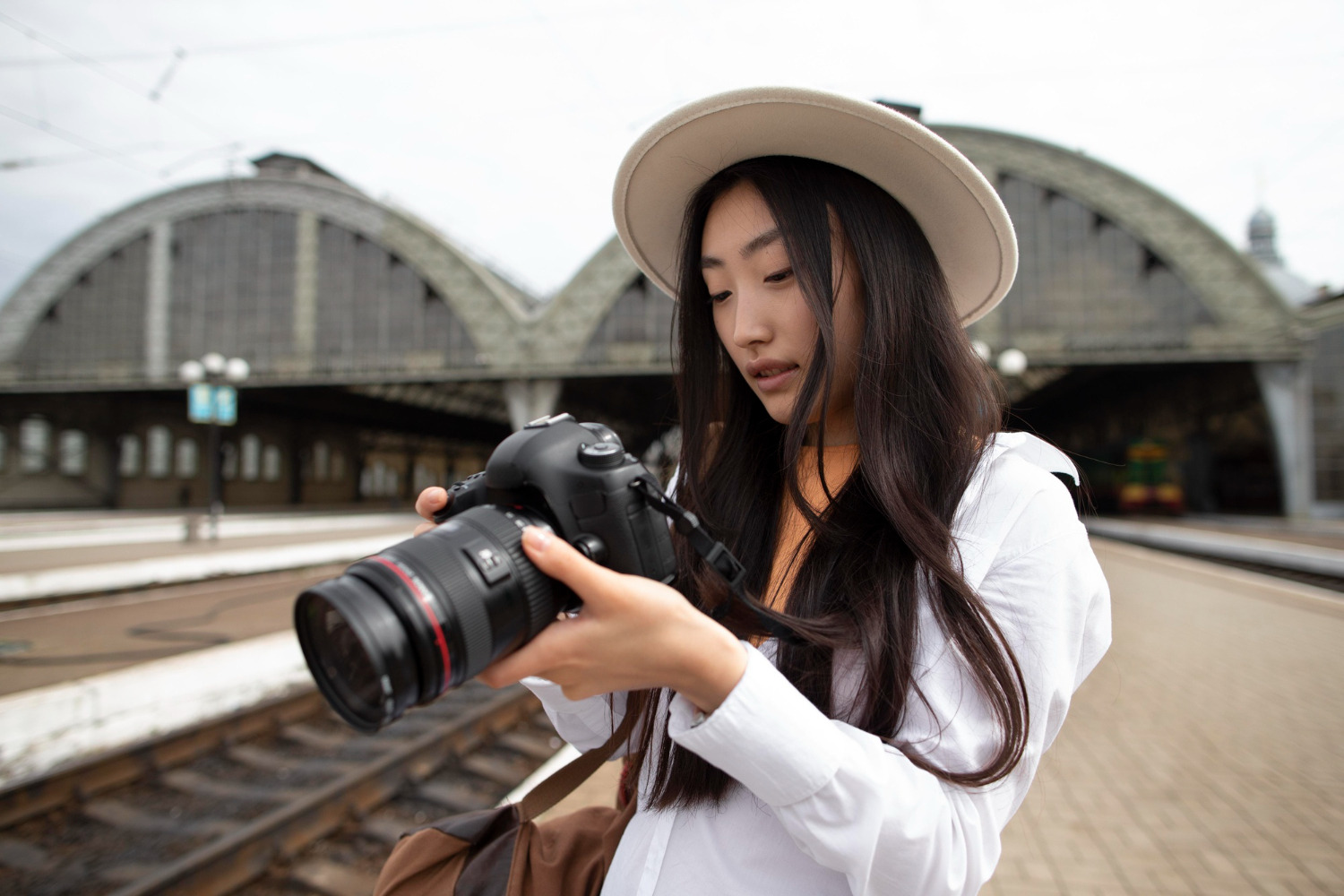
Characteristics of the creative personality:
- They are full of energy, but often quiet and at ease.
- They fluctuate between imagination and fantasy on one end and a rooted sense of reality on the other.
- They are believed to be rebellious and independent.
- They are highly enthusiastic about their work, but are also objective about it.
- They express unconventional concepts that are engaging and exciting and appear to be extraordinarily brilliant.
- They see the world in innovative and unique ways. These are (personally creative) people whose perceptions are new, whose judgments are insightful, and who produce significant discoveries that only they are aware of.
- They made significant contributions to our culture. It’s easier to write about their accomplishments because they are, by definition, public. Leonardo da Vinci, Picasso, and Einstein are key examples.
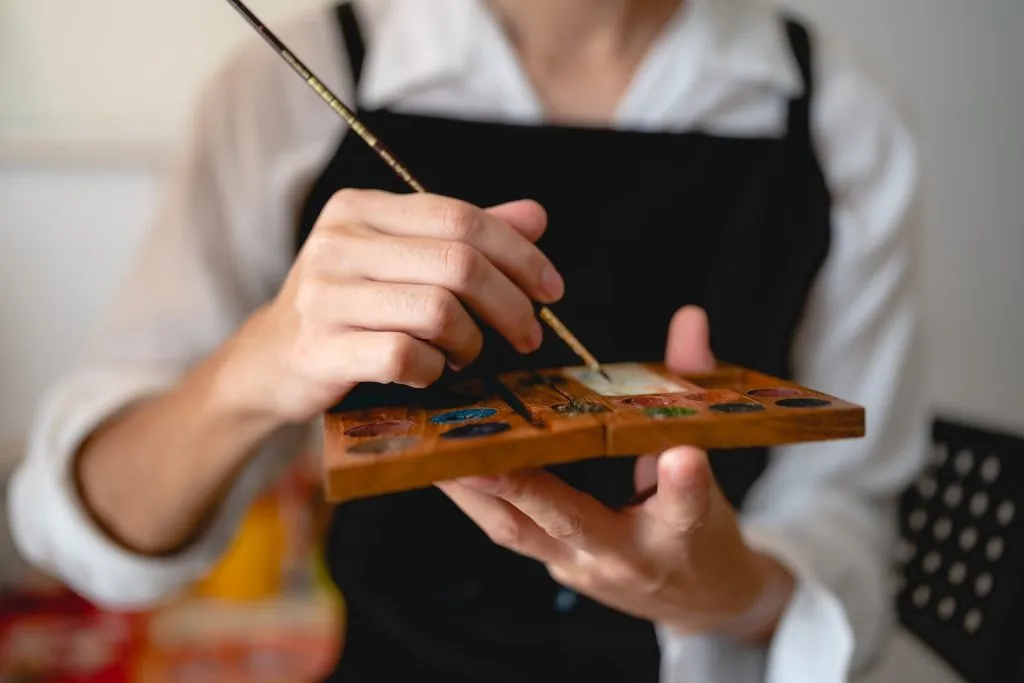
Imagination and Creativity
Imagination and creativity are inextricably linked. They have a close relationship, and the activity of the imagination is often used to generate new ideas. Our imagination is most active during the incubation period.
The process of creating mental images is known as imagination. It gives us the ability to see things that do not exist. However, imagination is not synonymous with creativity. The distinction between imagination and creativity is based on how our mind interprets and employs these images. We use our imagination to create images, but creative people use it to generate new ideas.
Imaginative thinking is more than visualising something in your brain. It’s also about mixing thoughts. Creative people are typically imaginative because they integrate their experiences with other ideas in novel and innovative ways.
You are at the peak of your creativity when you imagine something. This is because the process of envisioning allows you to see things in a new and unbiased light. A creative mind may conceive and see old or new things in novel ways. This ability to see things in a different light is critical to your creative process.
Ready To Find Your Creative Purpose?
There is no magic formula for success to creativity.
You might want to ask yourself these questions to get started:
- What do you enjoy doing the most?
- What are you good at?
- What do you care about?
- Who do you look up to?
Take time to reflect on the above and you’ll be provided in no time with direction as to what your creative purpose is.
Being creative requires taking risks, ignoring scepticism, and confronting concerns. It means deviating from your routine and doing something out of the ordinary. It’s planning a thousand alternative paths to achieve a single goal. It’s about pushing yourself every day and seeking inspiration in the most unexpected places.
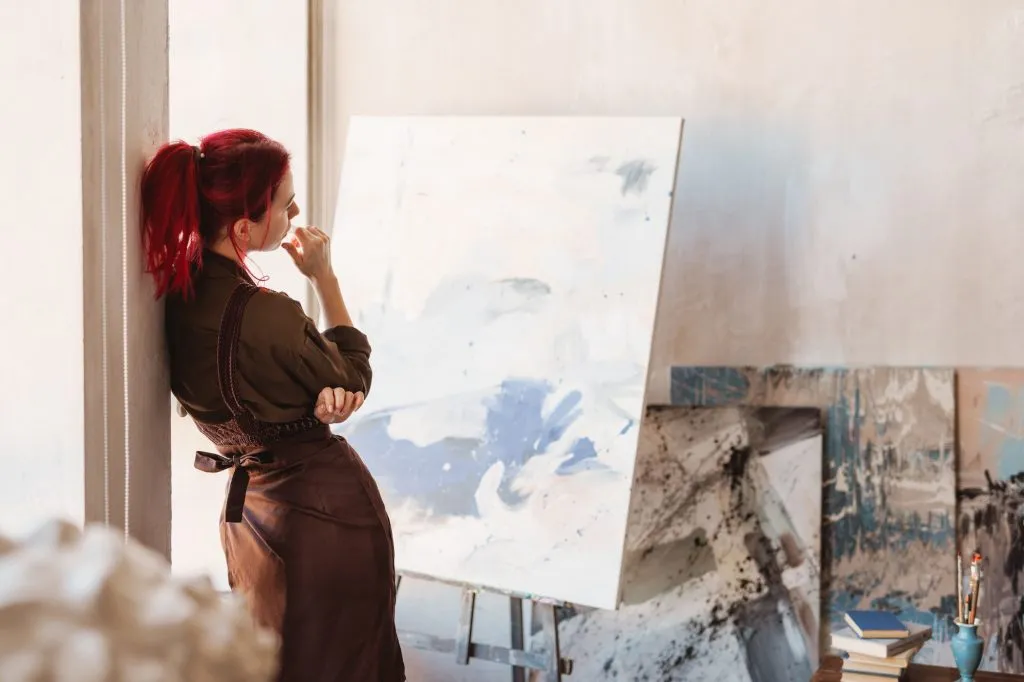
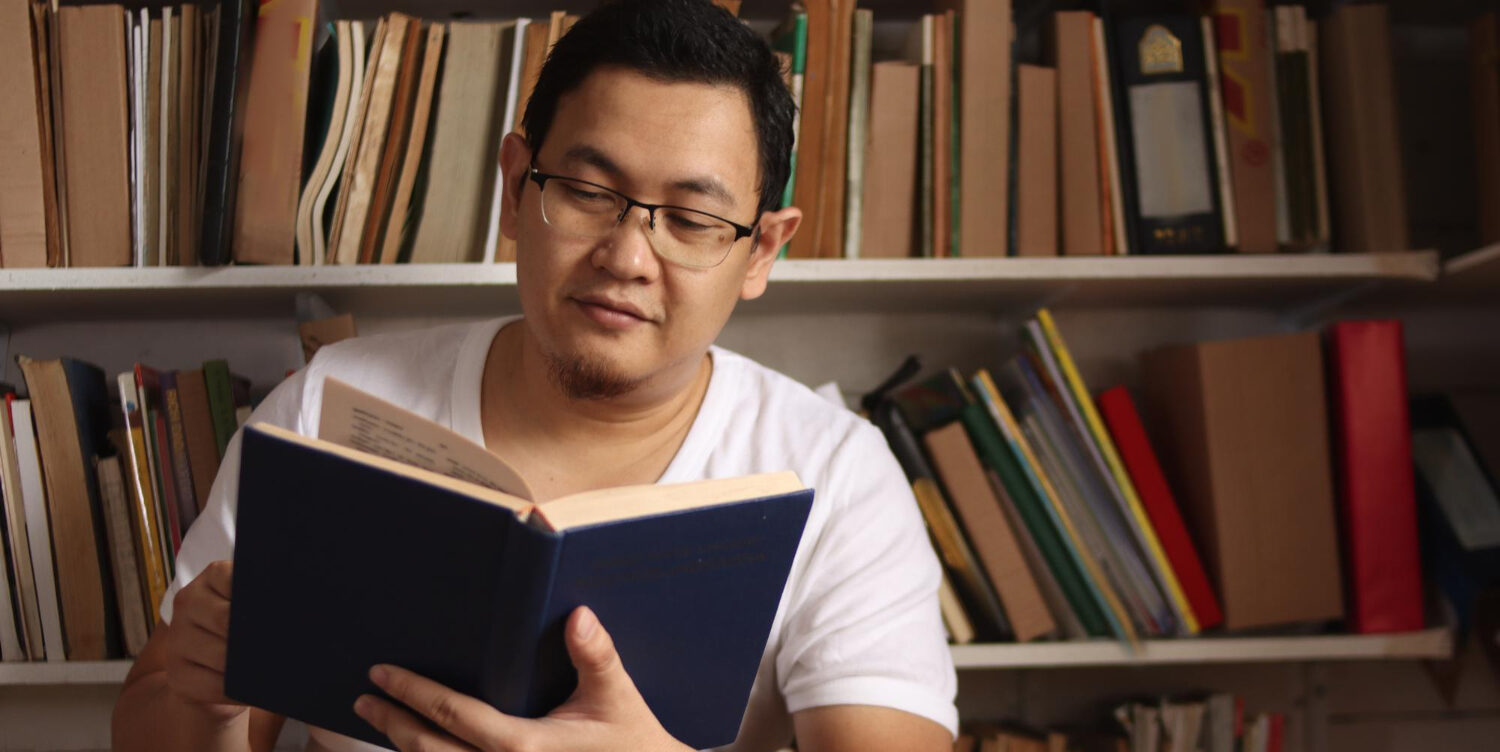
People who are creative inspire, excite, and thrill us with their possibilities. Whether they make an impact on millions or just a few people, one thing they all have in common is courage.
We are taught from a young age what to think and how to behave. The bonds of our habits and the entire framework of our society prevent us from being creative. The difficulty with creativity is resisting the allure of group thinking.
It makes no difference how talented you are if you do not tap on your talent. An innovative idea is a terrific place to start, but you must follow through and execute it. Consistency is key. Creativity is like a muscle; we must flex and exercise for it to grow and function well.
Remember that progress, not perfection, is the goal. Find what works for you and keep moving forward, put in the effort, and have fun. Continue to nourish your passion and make an appropriate place in your life for it. Before you know it, your inner creative will be ecstatic and clamouring for more.
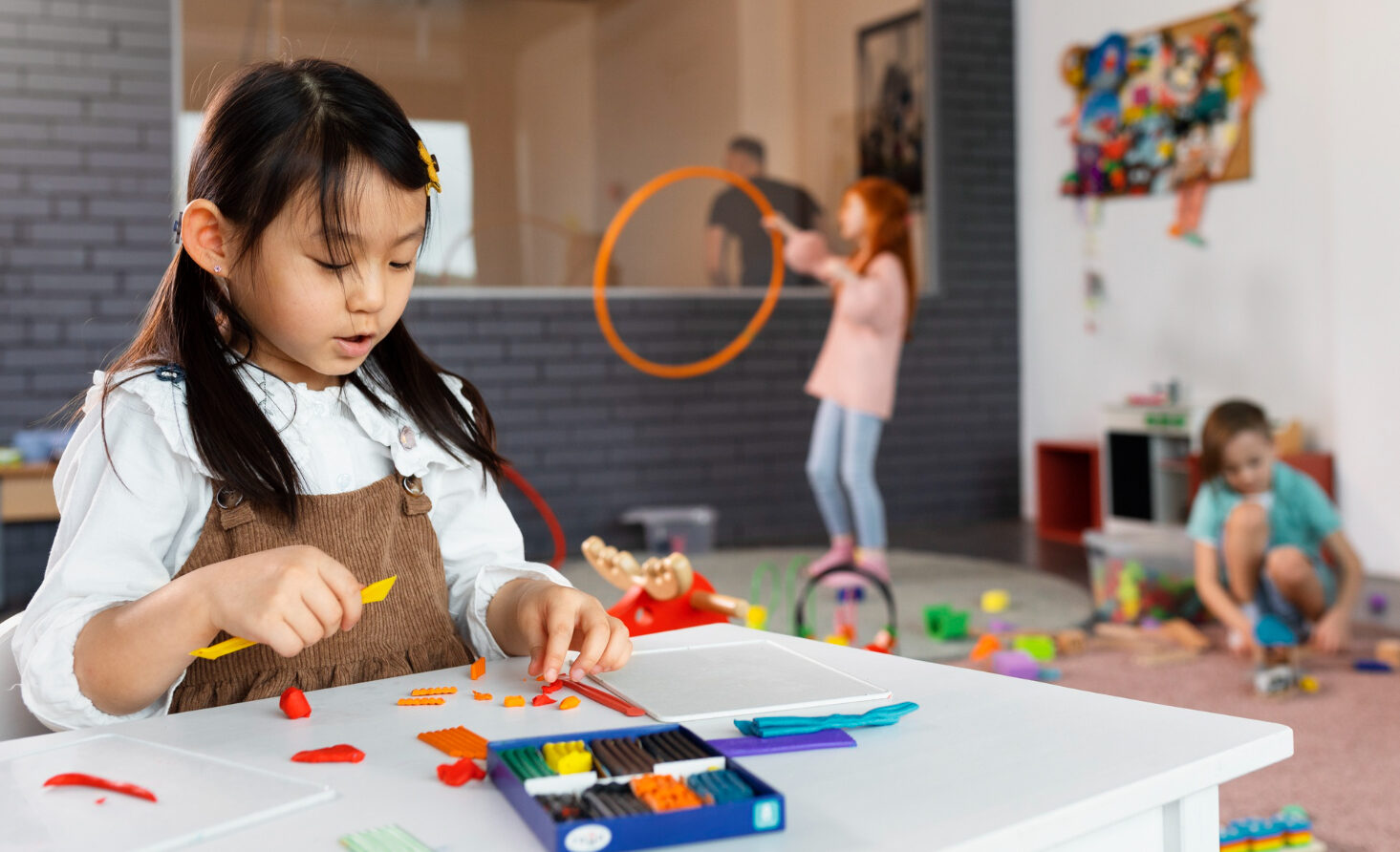
More importantly, never be afraid to start again. Allow yourself to return to your artistic naivety from time to time and observe your art through the eyes of a beginner. Don’t let your past determine your future. As an artist, never limit yourself by defining who you think you are. Refuse to be classified. Follow your creative path wherever it may lead you, even if it means abandoning the familiar.

